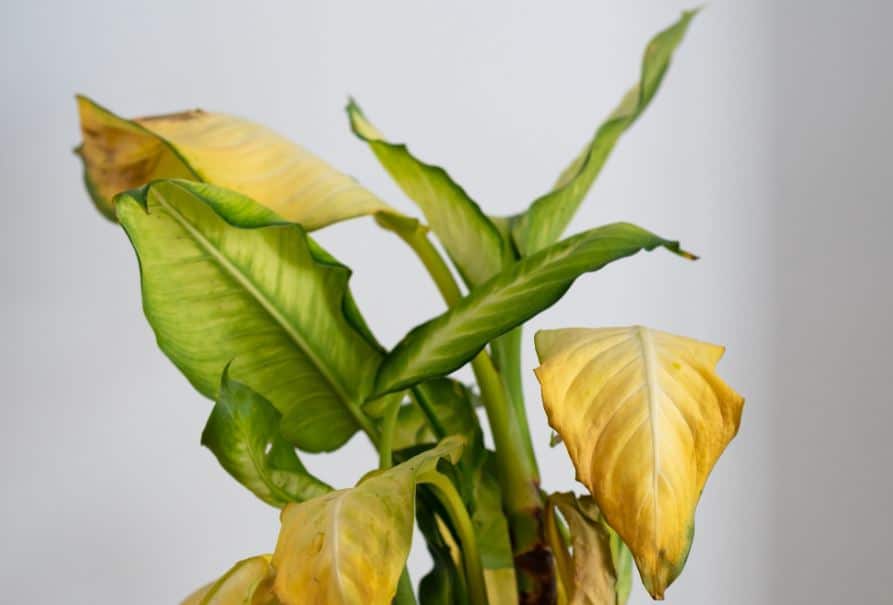How can a dead plant be recognized? While it can seem simple to determine, detecting whether a plant is dead is not always easy. Determining whether a plant is alive or deceased is challenging because it lacks vital signs such as pulse and respiration. Instead, it would help if you relied on subtler clues.
Refrain from fretting if all of your plant’s foliage has fallen off or turned grey. Looking at the stems is the easiest way to tell whether a plant is dead if you suspect it could be but aren’t sure. The stems of the plant should be robust and pliable, and if they are still alive, they will have a green color.
If the stem is brittle or fragile, check the roots for the same problems. The roots have to be both flexible and sturdy. If the plant’s stems and roots are brittle or spongy, it is deceased and must be replanted.

Is it Really Worth Saving the Plant?
Choosing if you want to put up the effort to nurse the plant back to health is the next stage. Despite your best efforts, a plant might still perish. The plant will also seem pitiful for weeks, months, or even years. If you could get a similar but healthier plant from a nearby nursery or shop for a fair price, would it be worthwhile to invest the time trying to save what could be a lost cause? It is unquestionably worthwhile to save a plant if it has emotional significance or is rare. If not, you should start again.
How to Proceed When Only the Roots Remain Alive
If the plant’s stems are dead, but the roots are still healthy, you’ll be hoping it will re-grow from the roots. Trim the stems by removing a third at a time. As you approach the roots, you can discover that the stem’s components might be alive. Try to leave as much of a live stem as possible if you discover one. If there isn’t a live stem, leave the top 2 inches (5 cm) of the stem intact.
Put the plant where it will get about half as much sun as is generally advised for that kind of plant. Wait to water until the soil seems dry to the touch. In a month or two, you should see new stems emerge from the area around the surviving stem if the plant can. Whether not, inspect the roots once again to determine whether the plant has perished.
What to Do If the Stems Are Still Alive
Remove as much of the plant’s dead stem as you can. Plants should be placed where they get just half the direct sunlight recommended for their species. Do not allow the soil entirely dry out; simply water when the soil seems dry to the touch. You should see new stems or leaves emerging where the old ones were in 3–4 weeks, or even sooner. Remove any stem segments that aren’t generating leaves or stems as the leaves and stems grow more completely.
After a few weeks, if you still don’t notice any new leaves or stems, inspect the plants stems again and remove any dead wood as the stem ages.
Sometimes a severely injured plant cannot be saved, even with all the love and care in the world. Sometimes you must start again and try to prevent repeating the previous situation.

